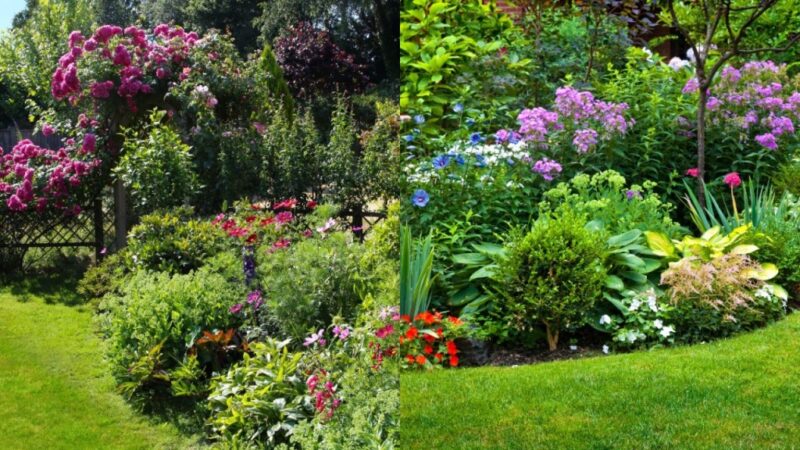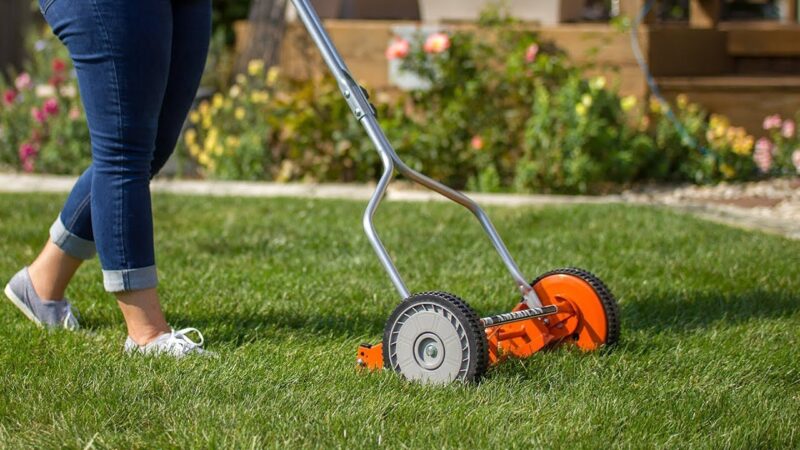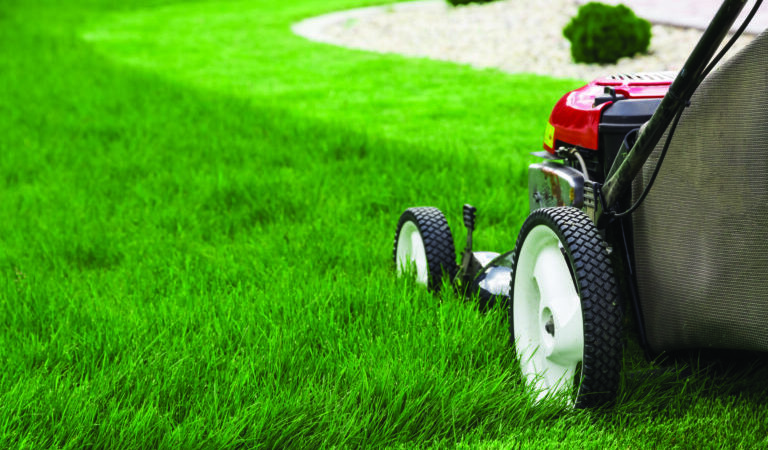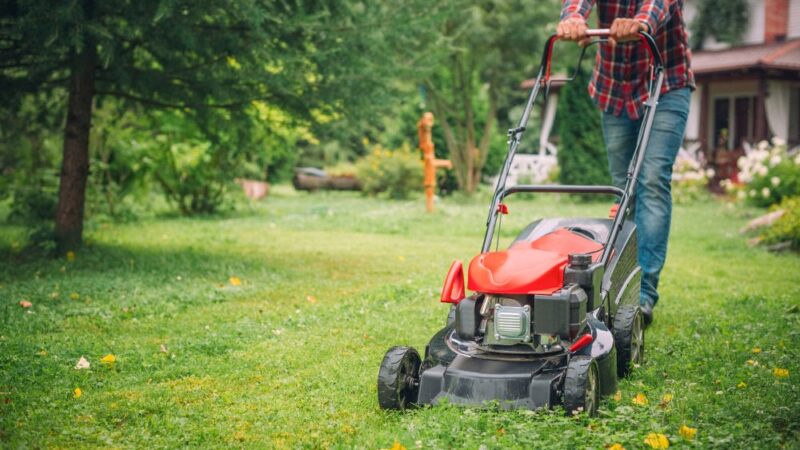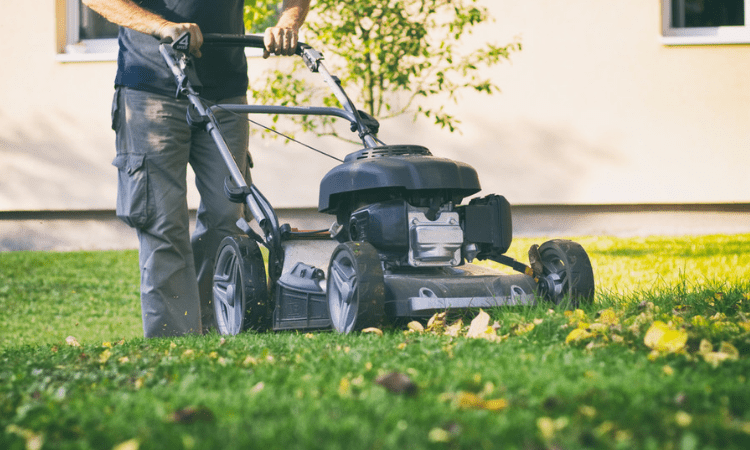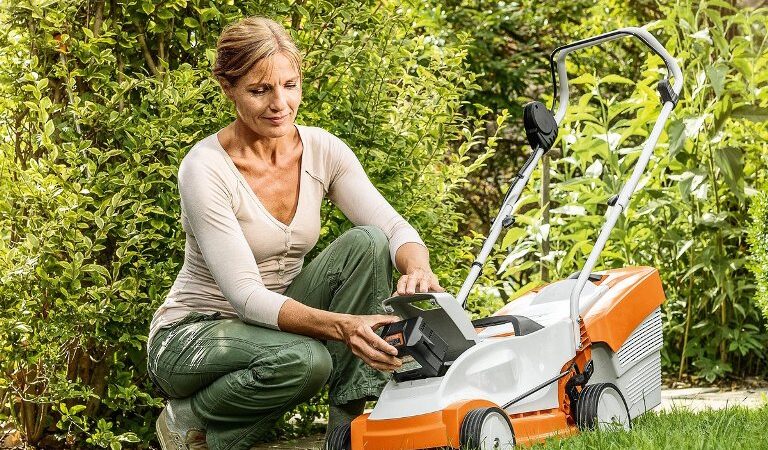How to Grow and Care for Almond Tree
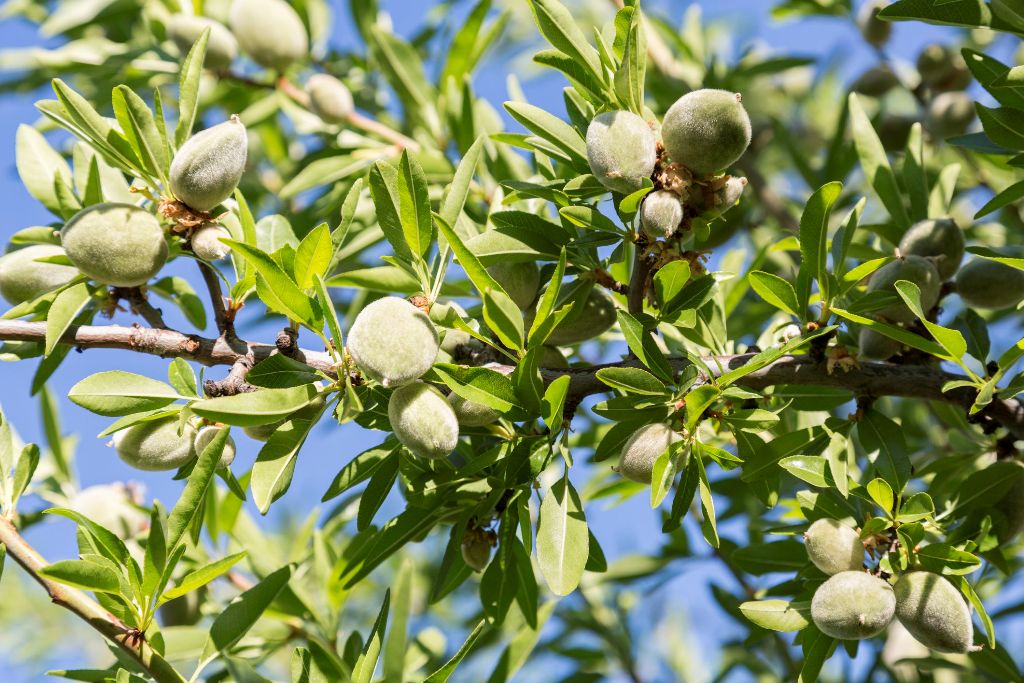
Almonds are edible perennial nuts that have been cultivated globally. Almonds are native to Iran and have been around for centuries, charming people with its taste and qualities till date. Almonds are scientifically called Prunus dulcis and belong to the same family as peaches, apricots, and cherries. Almond trees are tall and can reach a height of 15 feet. They are known for multiplying the beauty of gardens with its delicate little flowers of pink and white color, which give out an enticing fragrance most of the time. Almonds are considered to be very beneficial to health. These ornamental trees give out nuts that also hold religious significance. People widely enjoy almonds as a main ingredient in sweets, chocolates, beverages, desserts, and more. Even eating it without the company of anything is not regretted. Almonds are also known for holding significant value in different countries and cultures. In the USA, for example, Almonds gifted in weddings denote happiness and good fortune.
Best Conditions to Plant Almonds
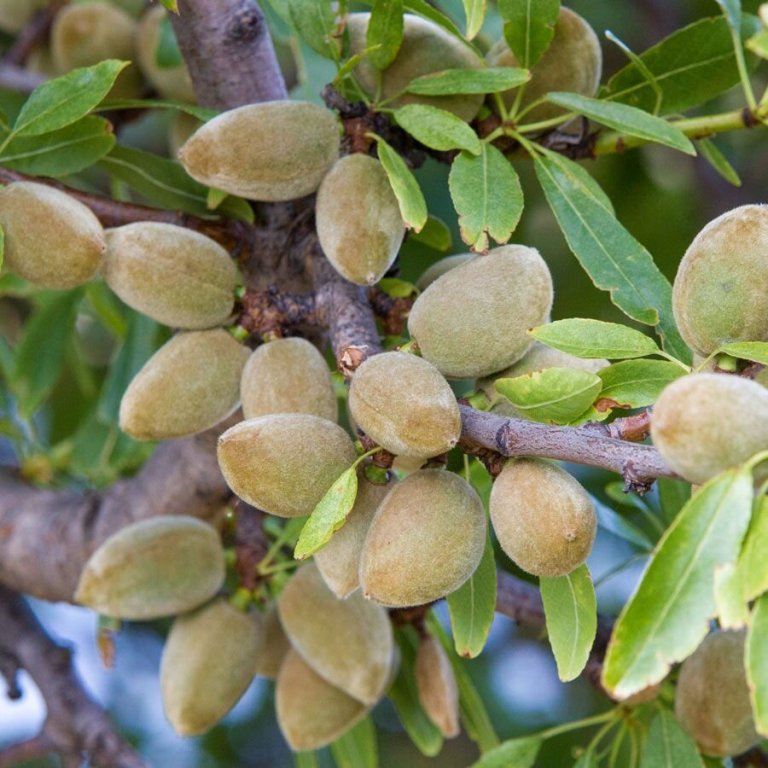
Giving the plants the conditions they prefer to grow in assures best growth from the plants. For almonds too, the same should be done. Almonds are not very heavy maintenance, but they highly prefer to be grown in the conditions which suit them. Almond trees grow best when the climatic conditions are warm and dry. This is because they do best in hardiness zones that range from 7-9. If they are planted in regions that are usually cold, there are high chances that the tree will not survive or will not do well. Almonds should also be planted in areas that will not force the trees to feel clustered but free. The recommended spacing between the trees should at least be 6-8 m apart from each other.
Light and Watering Requirements
Almonds are very fond of the sun. This means that they should be grown in areas that provide the optimum amount for sunlight to result in their best growth. Almonds do best in full sun; hence at least 6-8 hours of direct sunlight should be provided. Even though almonds can survive when kept in partial shade, they will not bloom well and not give out enough nuts—the lesser moisture in soil results in a lesser production. Therefore, proper care should be taken for watering the trees. Until the tree gets established in the first year, watering every week is recommended. Once established, watering can be delayed up to two weeks.
Preferred Soil and Recommended Feeding
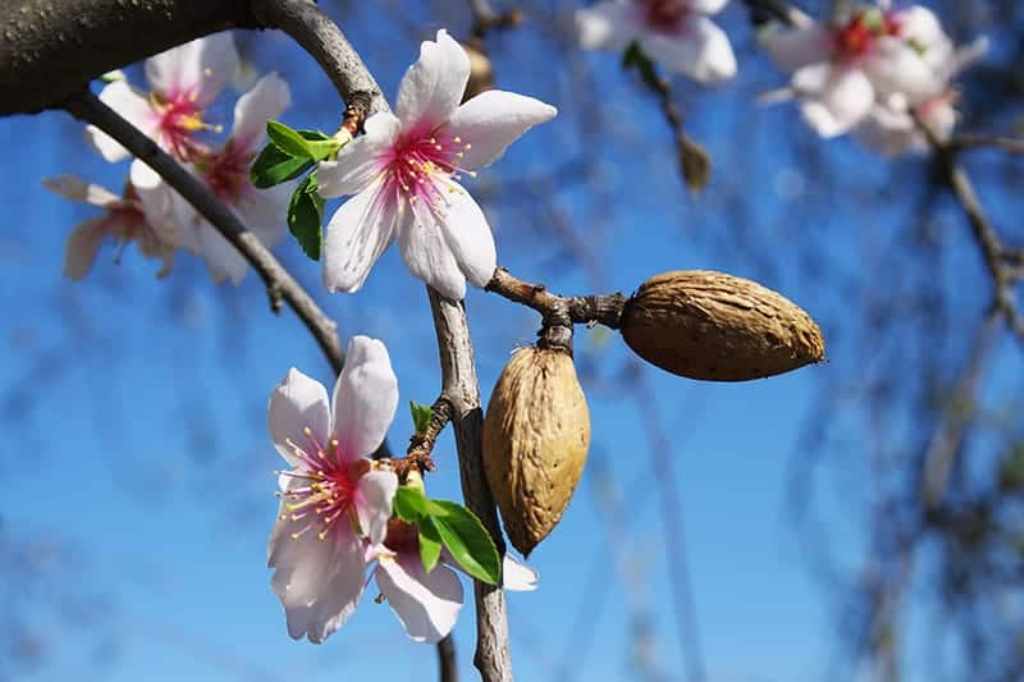
Almond trees bear the best quality of nuts when the soil provided to them is moist and well-drained. They do well in sandy, loamy soils and can also do well in clay soils. Any soil conditions are tolerated by these trees, including poor soils. However, the soils should not be wet or should not block the drainage as these soils adversely affect the growth of the trees. The recommended pH of the soil should be 6-7. Almonds should be fertilized four to five times a year with a 12-12-12 NPK fertilizer in the initial year for boosting the growth. As the tree matures, fertilization should be done according to requirements with urea and manure.
Problems Related to Almonds
Almond trees are not very tough, and hence they should be given proper care when it comes to the problems that may affect it. Usually, the almond trees are attacked by various pests and diseases which should be taken care of to ensure healthy growth. Most commonly, the diseases which hamper the quality are Botryosphaeria canker and Ceratocystis canker. Other than that, almond trees are also likely to be affected by shot hole diseases, brown rot blossom, twig blight, anthracnose, and others. The various pests that may affect almond trees include different mites, spiders, ants, borers, scale, leaf-footed bugs, caterpillars, and others.
If proper conditions are provided along with the right care, Almond trees show their best growth. A healthy mature almond tree can give about 25-30 kgs of Almonds.
Almond trees are sensitive and require the right conditions and optimum care for several years of its establishment. It can take about 5 years to start producing, or some may not produce even up till 12 years. However, once the production starts, it can carry on until 25 years on average.
Yes, almonds that are taken straight off the trees are edible. However, it is recommended not to consume it that way. The almonds that are kept to dry in the light of the day or two taste better.
